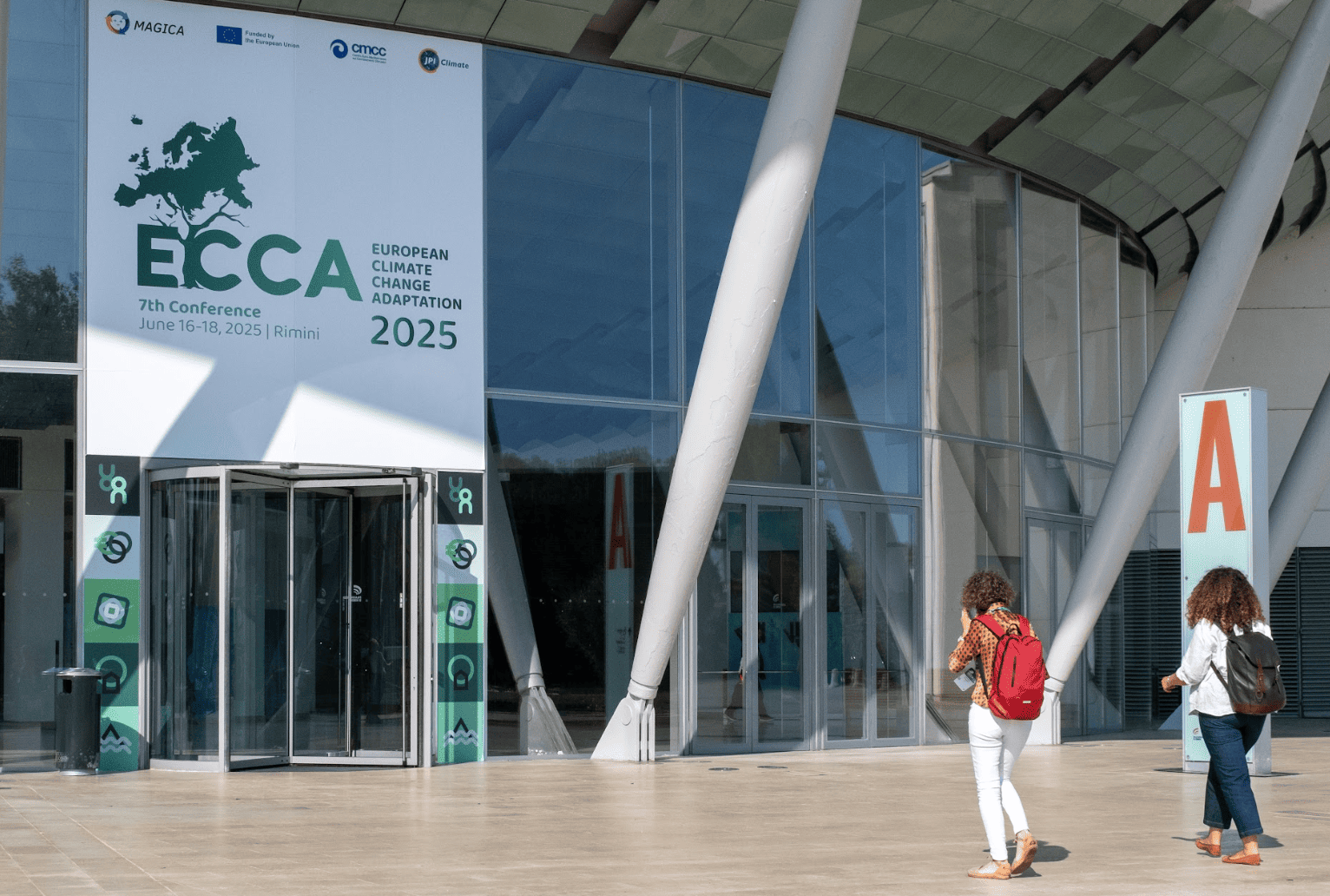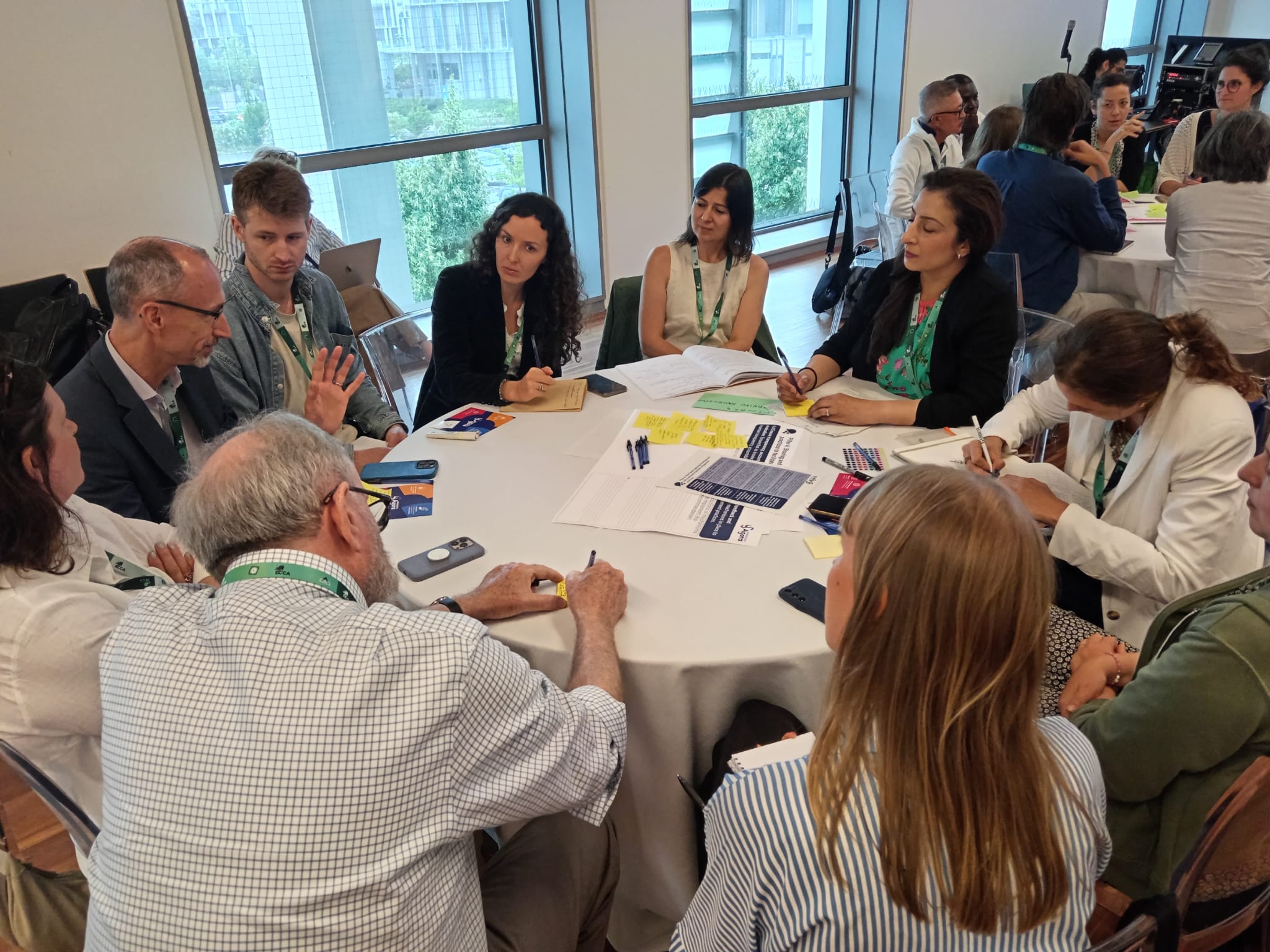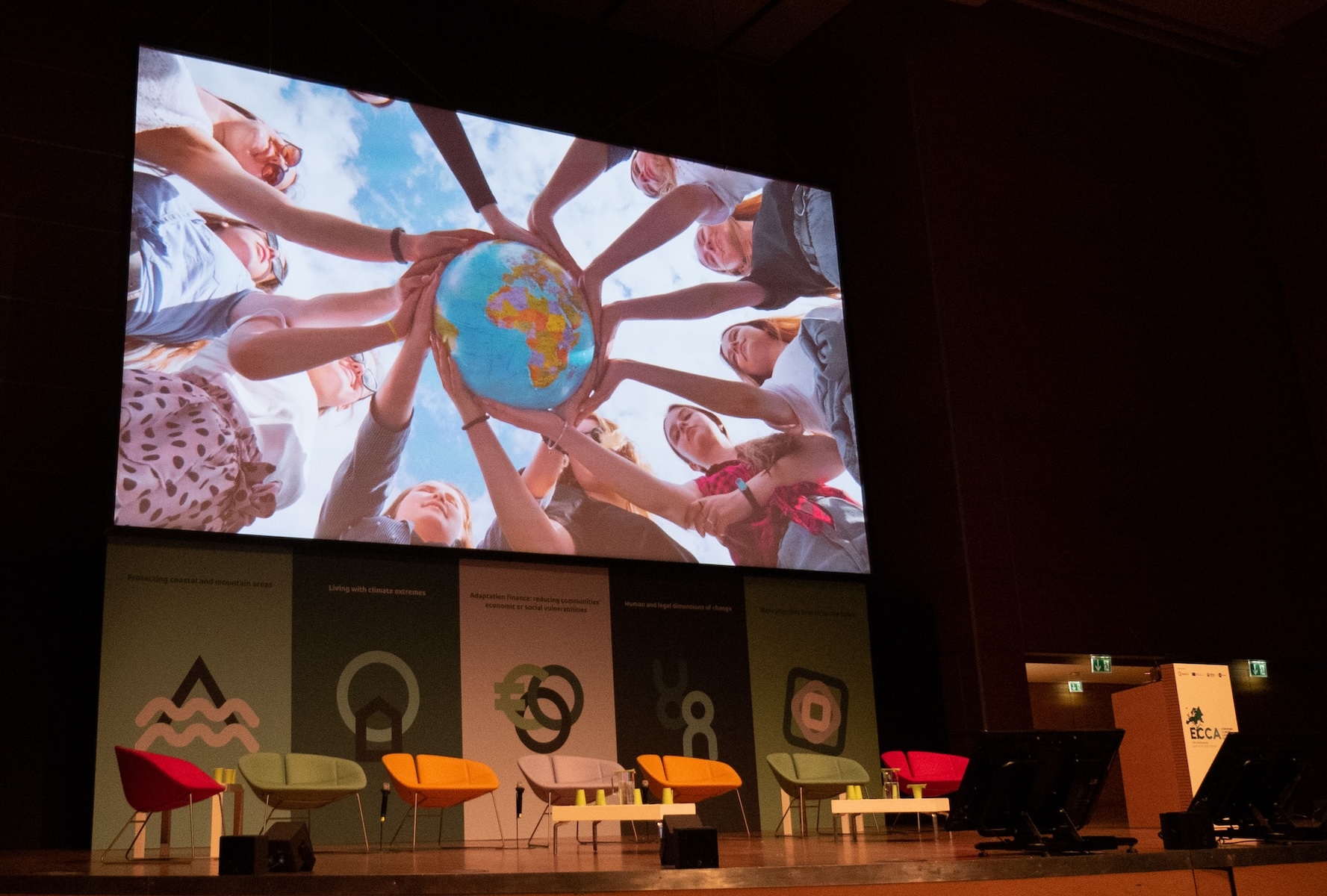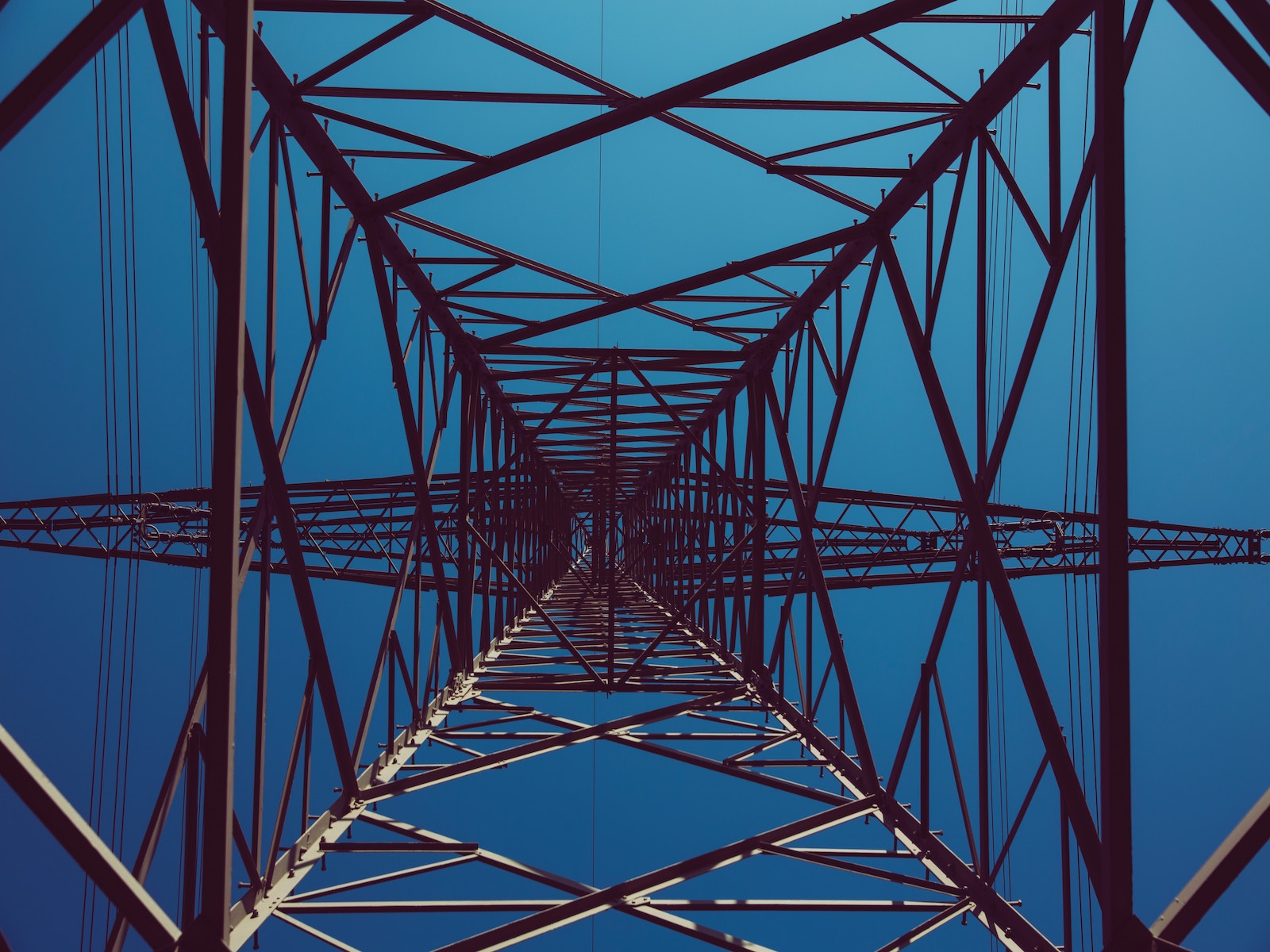There is nothing quite like a good book to kindle the fire of the imagination. Flicking through pages can, at times, feel like we are treading in the footsteps of the characters and breathing the air of the places hidden behind the ink. Good books create worlds, whether fictional or real, that we can relate to, imagine ourselves in and empathize with.
At the same time, the meaning we ascribe to what we read is deeply influenced by our own individual experiences and that which surrounds us. As the defining issue of our time, the lens of climate change is inevitably placed before our eyes as readers when we delve into the written words of the past and the present. After all, climate is a lens and not a beat.
The following is a selection of books – some old, some new – and articles – all of which are from 2022 – that gave us fresh ideas and perspectives when thinking about climate change and what the future has in store. From the dire to the magnificent or the unsettlingly realistic, each piece has inspired us and helped us understand the changing world in which we live without necessarily being explicitly related to climate.
The Mushroom at the End of the World: On the Possibility of Life in Capitalist Ruins. By Anna Lowenhaupt Tsing.
“What do you do when your world starts to fall apart? I go for a walk, and if I’m really lucky, I find Mushrooms”. So starts Tsing’s wonderful narration about Matsutake, the world’s most valuable mushroom, whose unique ecology and globalised trade carry the reader to far-off worlds. You will find yourself mushroom picking in the pine forests of northern Finland, China’s Yunnan Province and Oregon USA with migrant workers, only to then explore the intricate supply chain of buyers, bulk agents, exporters, and importers, that ultimately deliver matsutake to Japan.
What does this have to do with the climate? Everything. Following the most prized of mushrooms offers insight into the extent of global environmental degradation and, at the same time, the opportunities to live, and even flourish, in the world of tomorrow: “To follow matsutake guides us to possibilities of coexistence with environmental disturbance”.
Pacific Edge. By Kim Stanley Robinson.
“Despair could never touch a morning like this,” writes Robinson in this uniquely optimistic depiction of a truly sustainable society set in Orange County, California, in the 2060s. Through the story of Kevin Claiborne and his friends, as they attempt to stop an ecologically destructive project in their neighbourhood, Robinson chooses to focus on the politics and economics of a utopian future, steering clear of the issue of how to get there and the technology needed, but rather focusing on the economics and politics instead.
Whereas his more recent book, The Ministry for the Future, which we wrote about previously on Climate Foresight, brings us on a face-to-face encounter with the people suffering from extreme weather events and the geopolitical tensions that will inevitably arise in a world shaped by the IPCC’s current best-case scenario projections, Pacific Edge shows us what an ideal world would look like.
“Utopia is the process of making a better world, the name for one path history can take, a dynamic, tumultuous, agonising process with no end. Struggle forever.”
Oryx and Crake. By Margaret Atwood.
If The Handmaid’s Tale is the book for exploring dystopian futures centered around gender inequality, then Oryx and Crake is the equivalent for depictions of environmental cataclysms.
Atwood creates a world where capitalist power structures control all forms of life and have led to uncontrolled climate change and environmental destruction. Sound familiar?
One of the great writers of her time, Atwood creates a mesmerizing world that offers a blistering critique of the Anthropocene and what the future has in store for us. “He doesn’t know which is worse, a past he can’t regain or a present that will destroy him if he looks at it too clearly. Then there’s the future. Sheer vertigo.”
Beyond Catastrophe a New Climate Reality is Coming into View. By David Wallace Wells for The New York Times.
American journalist David Wallace Wells helps us visualize what the future has in store as we progress in our understanding of climate change and our ability as a society to deal with it. Neither normal nor apocalyptic, the last few years have provided arguments for both “buoyant optimism and abject despair”, which Wells puts together in a wonderfully narrated summary of where we are today and what to make of it.
“The window of possible climate futures is narrowing, and as a result, we are getting a clearer sense of what’s to come: a new world, full of disruption but also billions of people, well past climate normal and yet mercifully short of true climate apocalypse.”
Making New Climate Data from Old Timber. By Rivka Galchen for The New Yorker.
The beauty of nature, and our ability to extract meaning and lessons from it, is captured perfectly in this article. Galchen walks us through the evolution of dendrochronology – literally the study of tree time – and how it has evolved from a niche topic to a fully fledged science. The piece captures not only the beauty of trees and the hidden stories in their rings but offers invaluable information about a whole variety of topics, from archaeology to what we know about our past, present and future climate.
“Ponderosa pines are the perfect-posture trees of the pine family, with recognizable scaly reddish-brown trunks. They smell like a fresh-painted house, can live as long as seven hundred years, and can grow as tall as a hundred feet. As it happens, the nation’s largest forest of ponderosa pine passes through Flagstaff. Douglass realized that there was, after all, a detailed record of climate to which he could refer. The record was in the trees.”
It Wasn’t Just Oil Companies Spreading Climate Denial. By Robinson Meyer for The Atlantic.
A piece that explores a study published in September in the journal Environmental Research Letters that sheds light on the role of electric utilities in covering up the dangers of climate change for over four decades. Just as revelations about how tobacco companies covered up the health risks of smoking, this piece reveals how powerful climate change denial has been in shaping our modern economic and energy system. Meyer connects the dots between climate denialism and sheds water moments such as the US pulling out from the Kyoto Protocol. The final twist, now they have a chance to become instruments of change and even profit from it.
“Even though climate change represents the industry’s first pathway for growth since the 1970s, utilities resisted following it for years […] Its objection to climate change was as much sociological as it was profit-driven.”
The World is Going to Miss the Totemic 1.5°C Climate Target. By Catherine Brahic for The Economist.
On the eve of the COP27, in Egypt, The Economist ran this article in what felt like a key turning moment in how we look at our chances of meeting the 1.5C goal. The article perfectly captures the inherent dilemma in declaring the 1.5C target dead and the consequences that this could have. Is this tantamount to giving up? Or does recognising that the 1.5C goal will be overshot give us a better chance at tackling the consequences of this overshoot and potentially coming back down in the future?
“Having an absolute goal strengthens people’s rhetoric; admitting that things are on a sliding scale opens the way to trade-offs. But here, at least, reality is in the process of trumping rhetoric. And if a new realism sees pressure for impossible levels of emissions reduction give way to fierce advocacy for adaptation measures that are both plausible and vital, some at least would be well served.”
If these books and articles didn’t quite hit the spot, and you are still searching for the right book for you, then we also recommend looking at the reading list on climate books published by Unite for Change and The New York Times for further inspiration.
Picture credits: Foto by Janko Ferlič from Unsplash






